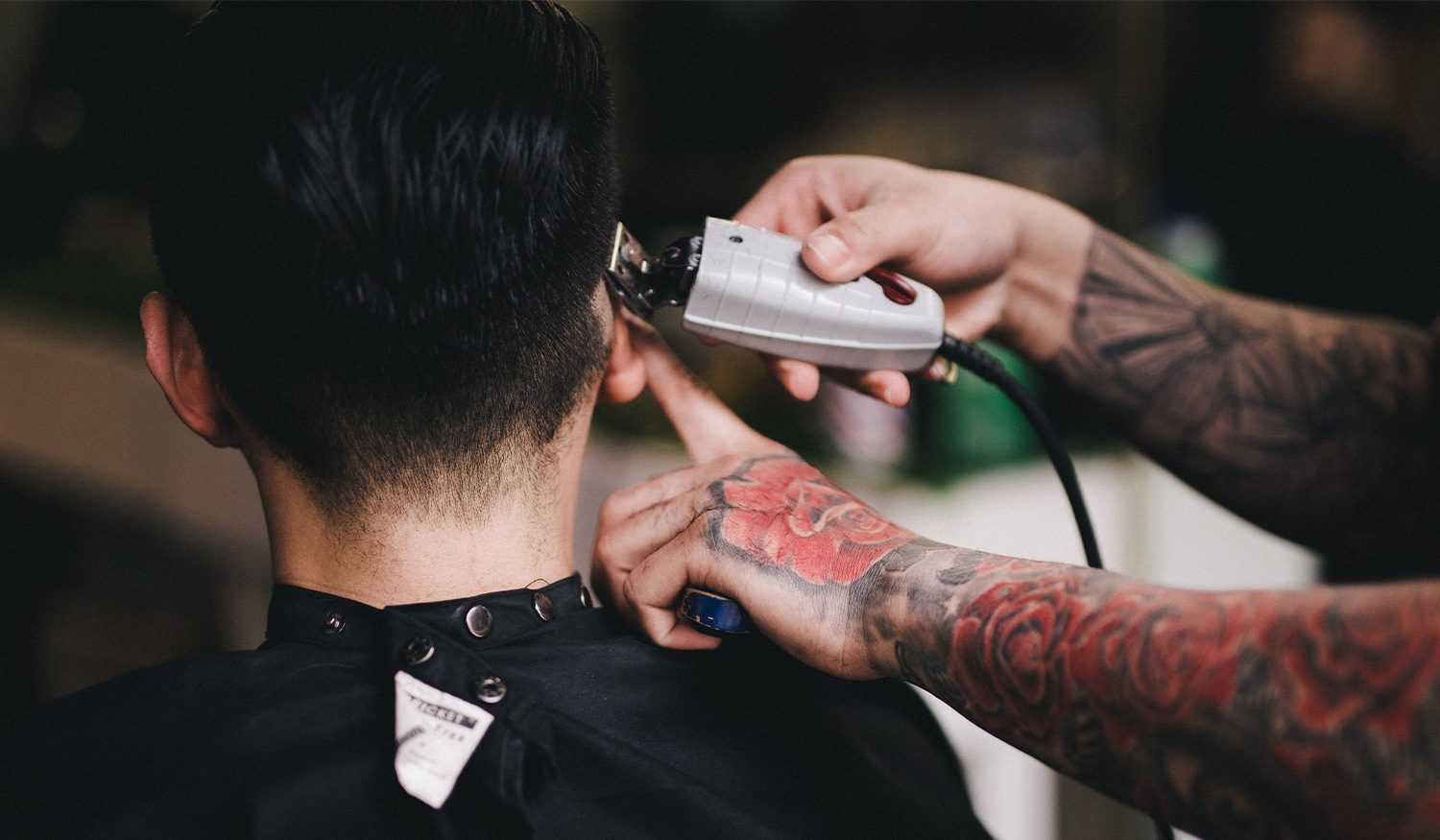Men’s Fade Haircuts: Everything You Need To Know Before Getting One
Every era has its defining hairstyles. In the 1950s, pompadours ruled supreme, fast forward to the 1960s and 1970s and long locks were king. But what about today? Which men’s haircut will come to define the current epoch? If we had to guess, we’d say the fade.
Fades have been around for decades, but their popularity has increased exponentially over the last 10 years or so. Their sharp, crisp, manicured look expresses the zeitgeist of 2010s men’s style, and as we move into the 2020s, that doesn’t look set to change anytime soon.
But despite their widespread popularity, there’s a level of confusion around fades and what exactly they are. Below, we’ll aim to address some of the most common questions and break down the most notable variations of this much-loved contemporary trim.
What Is A Fade?
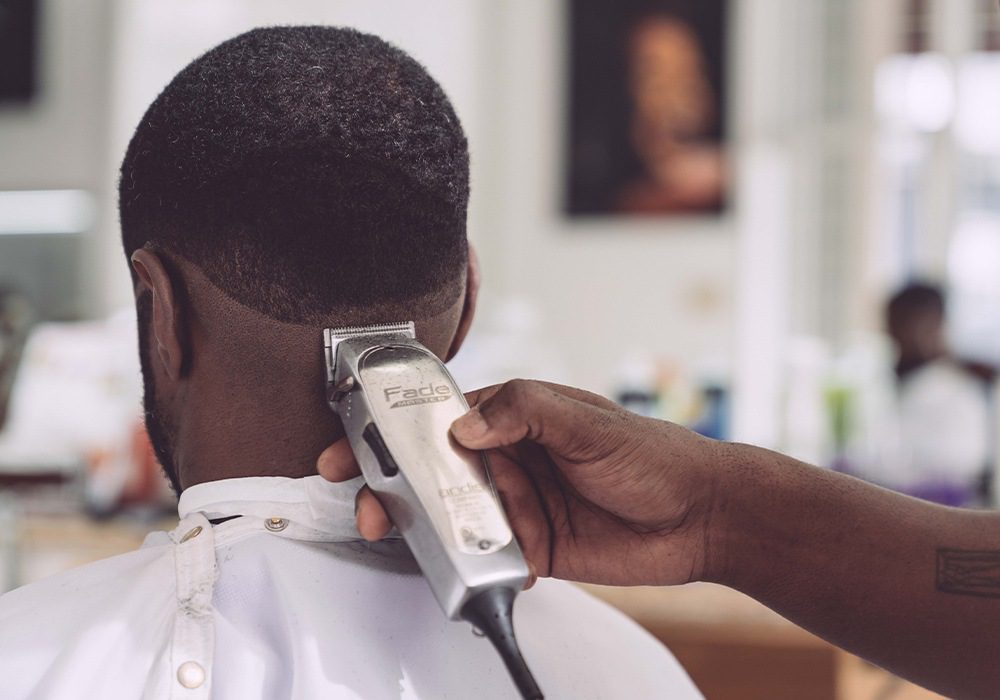
A fade is pretty much exactly what it sounds like. The term refers to a style of haircut where short hair of differing lengths is blended together with clippers. This results in a fade-like appearance from light at the bottom (where the shortest hair is) to dark further up (where the longer hair is).
Much of the confusion around fades comes from the fact that a fade in itself is not a hairstyle, so to speak. What it really is is an element that can be incorporated into various cuts. For example, you could have a crew cut and fade, or a French crop and fade. What you cannot have is just a fade on its own, as the term refers only to the hair at the back and sides of the head.
The fade is the natural evolution of the classic short back and sides. It achieves the same end goal of keeping things neat and tidy while graduating into longer hair on top, but adds a little refinement and contemporary pizzazz.
Is A Fade Right For Me?
Before you jump into the barber’s chair and get faded, there are a few things to bear in mind. First up, is it actually the best option for you?
Although it’s short, a fade is actually a pretty high-maintenance style in terms of how often you’ll need to visit the barber. It’ll grow out quickly, and frequent touch-ups will be needed to keep it looking its best. If you’re looking for something that’s cheap and easy to manage, it may not be the right option.
Another thing to take into account is face shape. Obviously, a lot of this will have to do with how you wear the hair on top, but generally speaking, fades work best for those with round, oval, square or heart-shaped faces. If yours is on the longer, slimmer side, it would be wise to opt for something that offers a little more volume on the sides to balance out your proportions. If this is you and you decide to go for a fade anyway, pick a style that keeps the hair short on top and doesn’t create too much additional height.
Aside from that, a fade is a great all-rounder as it can be matched with so many different hairstyles. You can bend it to suit your needs and it will almost always make any given cut look neater, cleaner and more contemporary.
Key Types Of Fades
Fade is an umbrella term that includes a few different variations. Before you ask your barber for one, it pays to know what the differences are. Here we break down some of the most common types of fades available.
Skin Fade
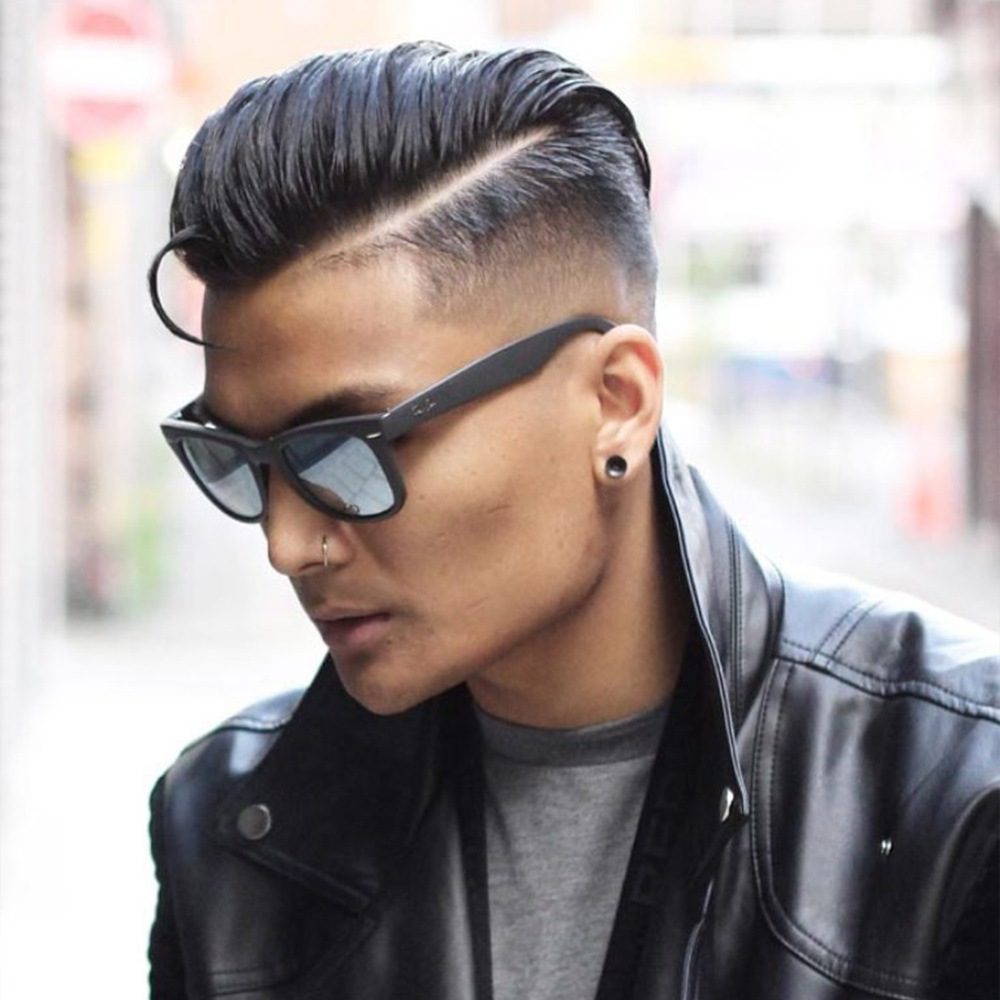
The skin fade is a good option for those who want to keep their hair very short. It starts with the hair shaved down almost completely to the skin at the top of the neck and around the ears, gradually working up to slightly longer hair as it moves up towards the top of the head.
Taper Fade
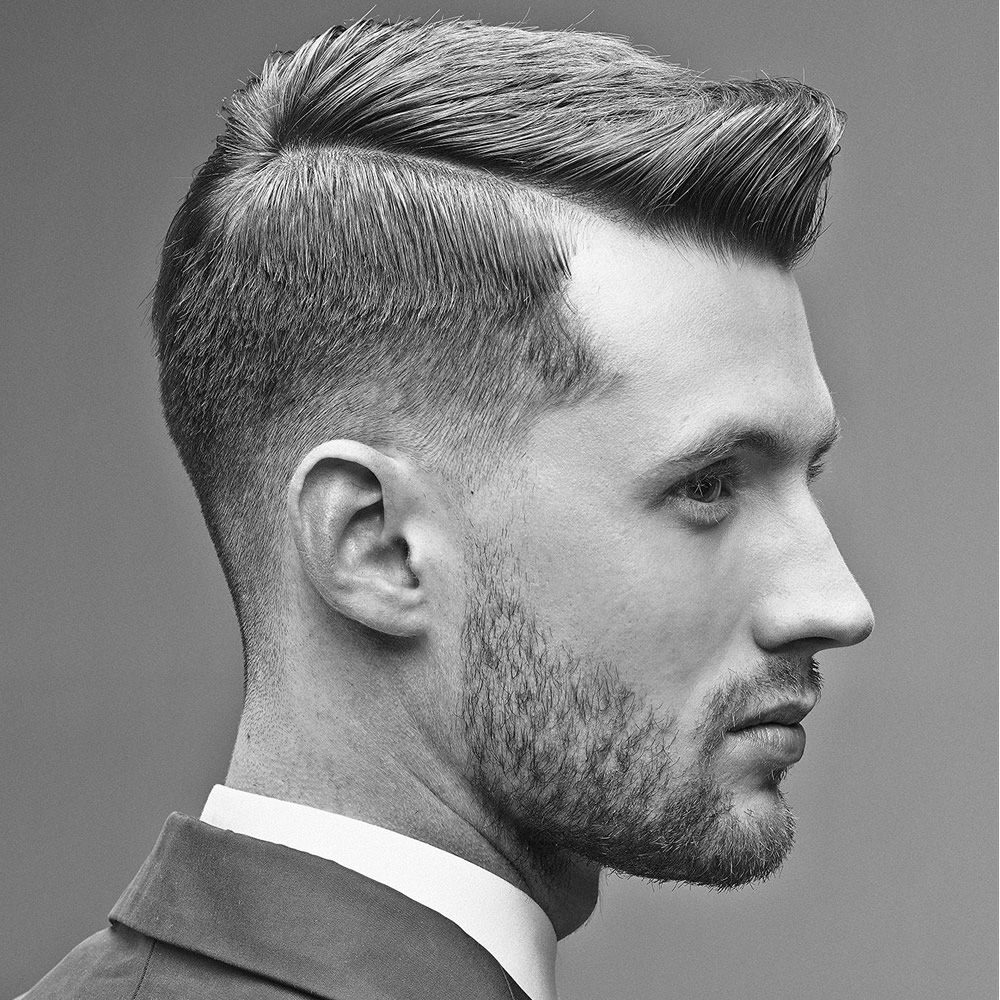
A taper fade is a longer variation and perfectly suited to styles with mid-length hair on top. Instead of using only clippers, a taper fade is performed with clippers to cut the hair short at the bottom and scissors to cut the hair further up.
The result is a cut that blends multiple lengths, resulting in a tapered look from top to bottom.
Low Fade
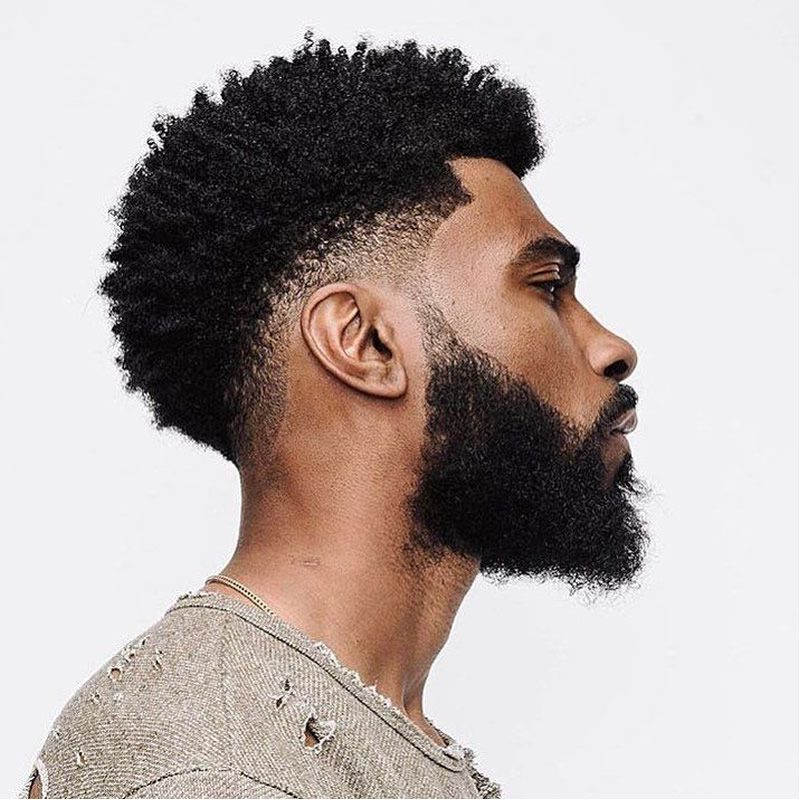
A low fade is a regular fade where the fade itself begins lower at the back and just above the ears at the sides. It’s a softer take that would be a good option for those who want to try the look without committing fully.
Mid Fade
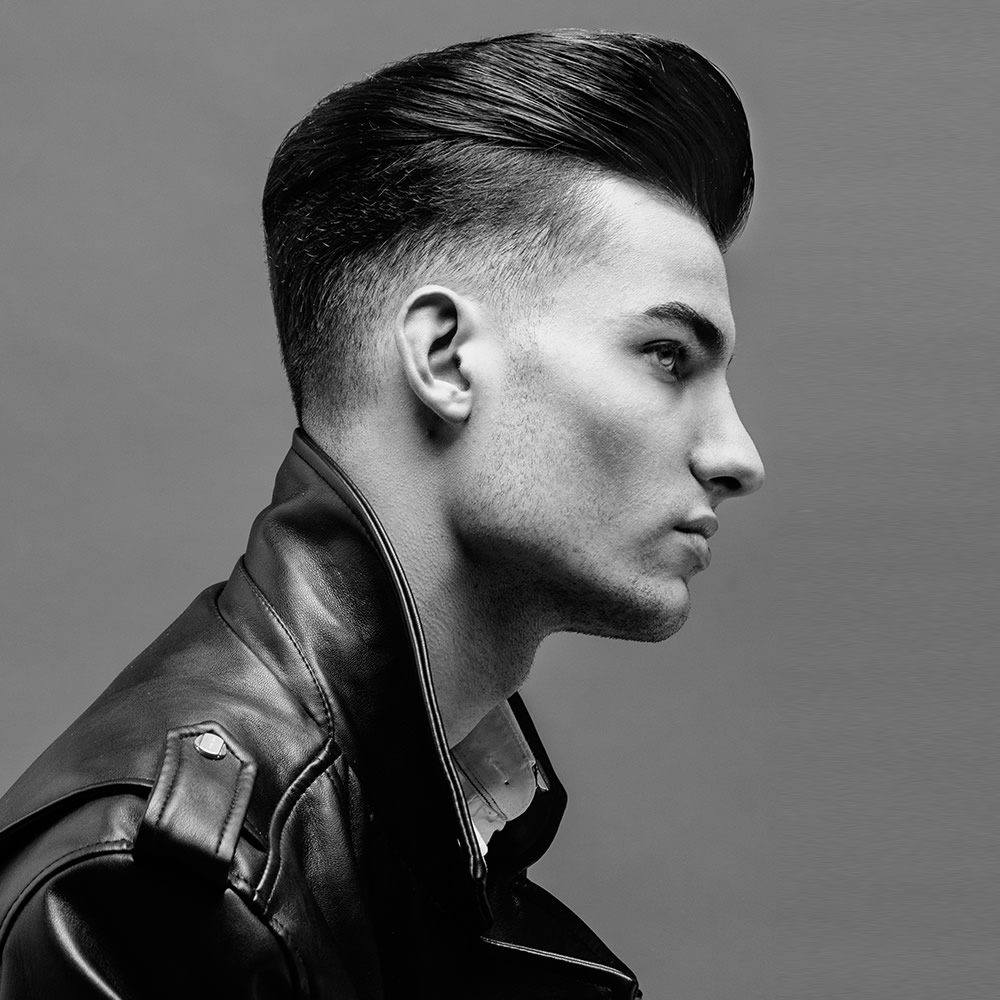
A mid fade is your classic fade. The graduation begins roughly halfway up the back and sides of the head, gradually tapering into the longer hair further up and on top.
High Fade
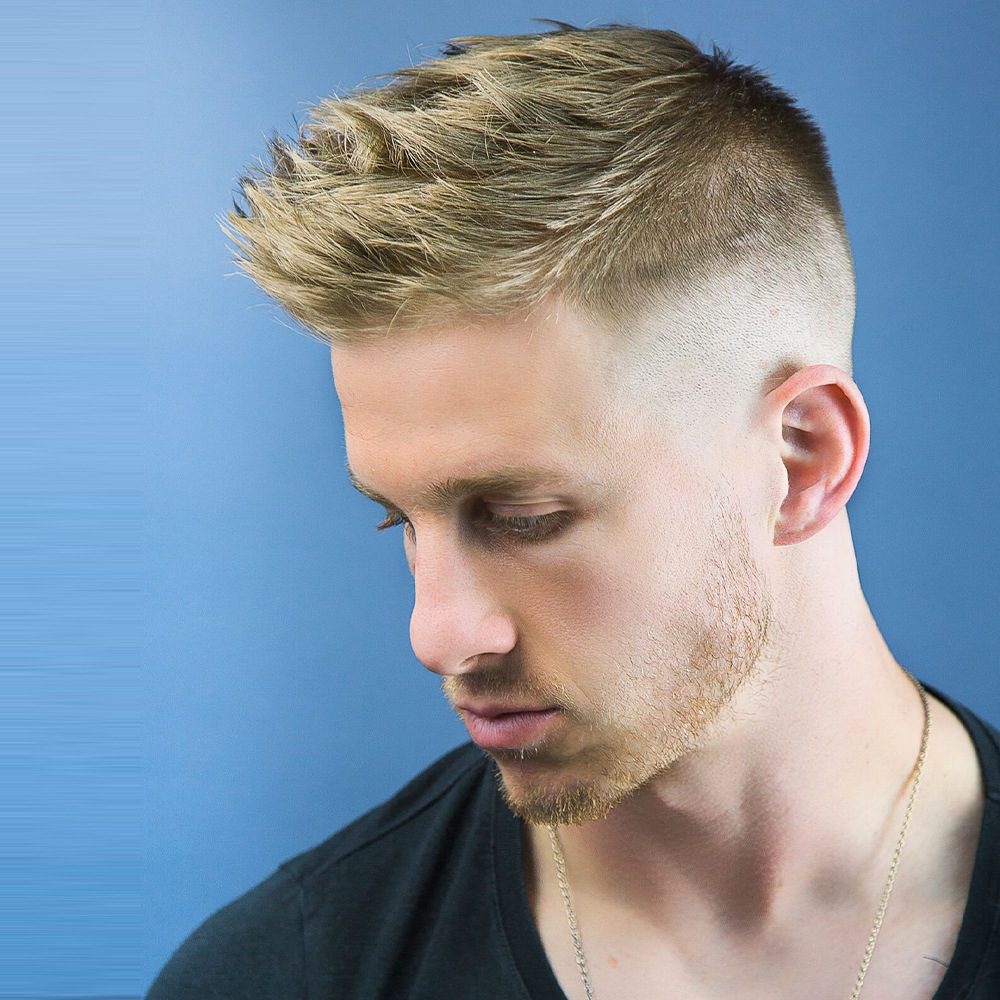
You guessed it. A high fade does exactly the same thing as the previous two but the fade begins further up the head. This can be a great option for those with thin hair as it gives the illusion of the hair on top being thicker and fuller.
Drop Fade
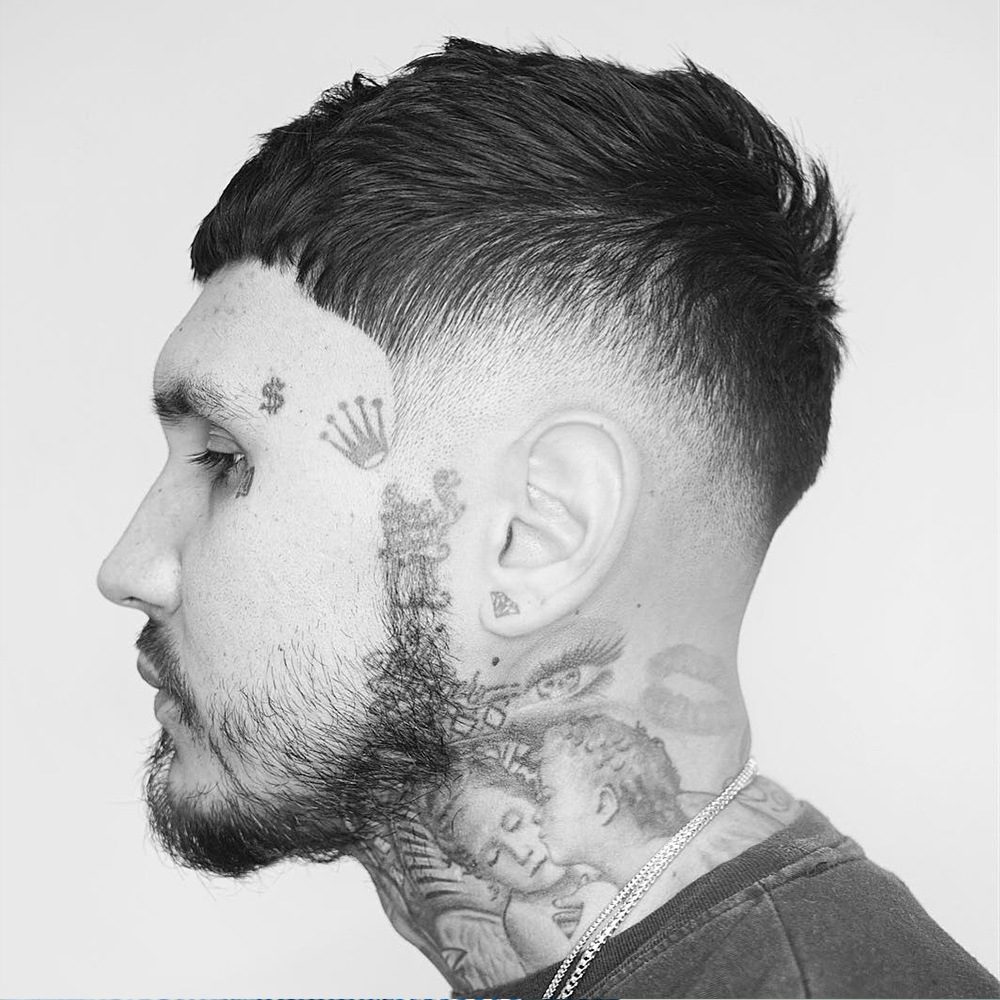
The drop fade is one of the less common styles. Rather than the fade following an invisible line around the back and sides of the head, a drop fade drops from the sides behind the ears and further down at the back of the head. This creates an arc from above the ear to the back of the neck, which can look more even and natural.
